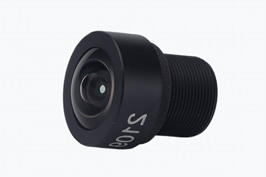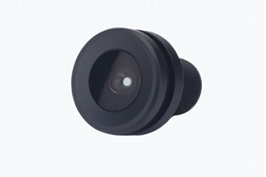When it comes to buying an infrared lens there are several factors to consider to ensure you end up with the best product for your needs. Infrared lenses are designed to work with CHIOPT infrared cameras. These cameras detect heat signatures rather than visible light. This technology is used in a variety of settings. These include security, surveillance wildlife monitoring and even filmmaking. Here are some things to keep in mind before purchasing infrared lens:
Top Features to Look for in an Infrared Lens
Image quality is a crucial factor when choosing an infrared lens. Look for lenses with high resolution and low distortion. Some lenses may also have anti-reflective coating to reduce glare and enhance contrast. However, these features tend to come at a higher price point.
Another important consideration is the lens’s aperture. Aperture determines how much light the lens can let in. A larger aperture allows for better low-light performance. However it may also result in a shallower depth of field. This can be advantage or disadvantage depending on your intended use.
Build quality is also important especially if you plan on using the lens in tough outdoor environments. Look for lenses with durable weather-resistant construction. They can withstand moisture, dust and other elements.

How to Determine the Right Size Infrared Lens for Your Camera?
Infrared lenses come in different sizes. It’s essential to choose one that’s compatible with your camera. This is usually indicated by the lens mount which can vary between brands and models. It’s also crucial to consider the sensor size of your camera. This affects how the lens will perform. Full-frame sensors require larger lenses to cover the entire sensor area. APS-C sensors can use smaller lenses without compromising image quality.
Knowing the Differences Between IR, Thermal and Night Vision Lenses
Infrared lenses are often confused with other types of lenses used in similar applications. Here are some key differences between infrared lens and night vision lenses. IR lenses work by capturing infrared radiation emitted by objects. They require a source of visible light to function properly. They can work in low-light conditions, but not complete darkness.
Understanding the Importance of Focal Length in Infrared Lenses

Focal length is crucial in determining the field of view of an infrared lens. It’s measured in millimeters. It represents the distance between the lens and the camera’s sensor when the lens is manually focused for infinity.
Tips for Choosing the Best Infrared Lens for Your Specific Needs
Before purchasing Special lens and infrared lens consider your needs and the environment in which you will be using it. Overall, purchasing an infrared lens requires careful consideration of variety of factors. By understanding what to look for in lens you can choose the best product for your specific needs. And achieve high-quality infrared images.



0 条评论